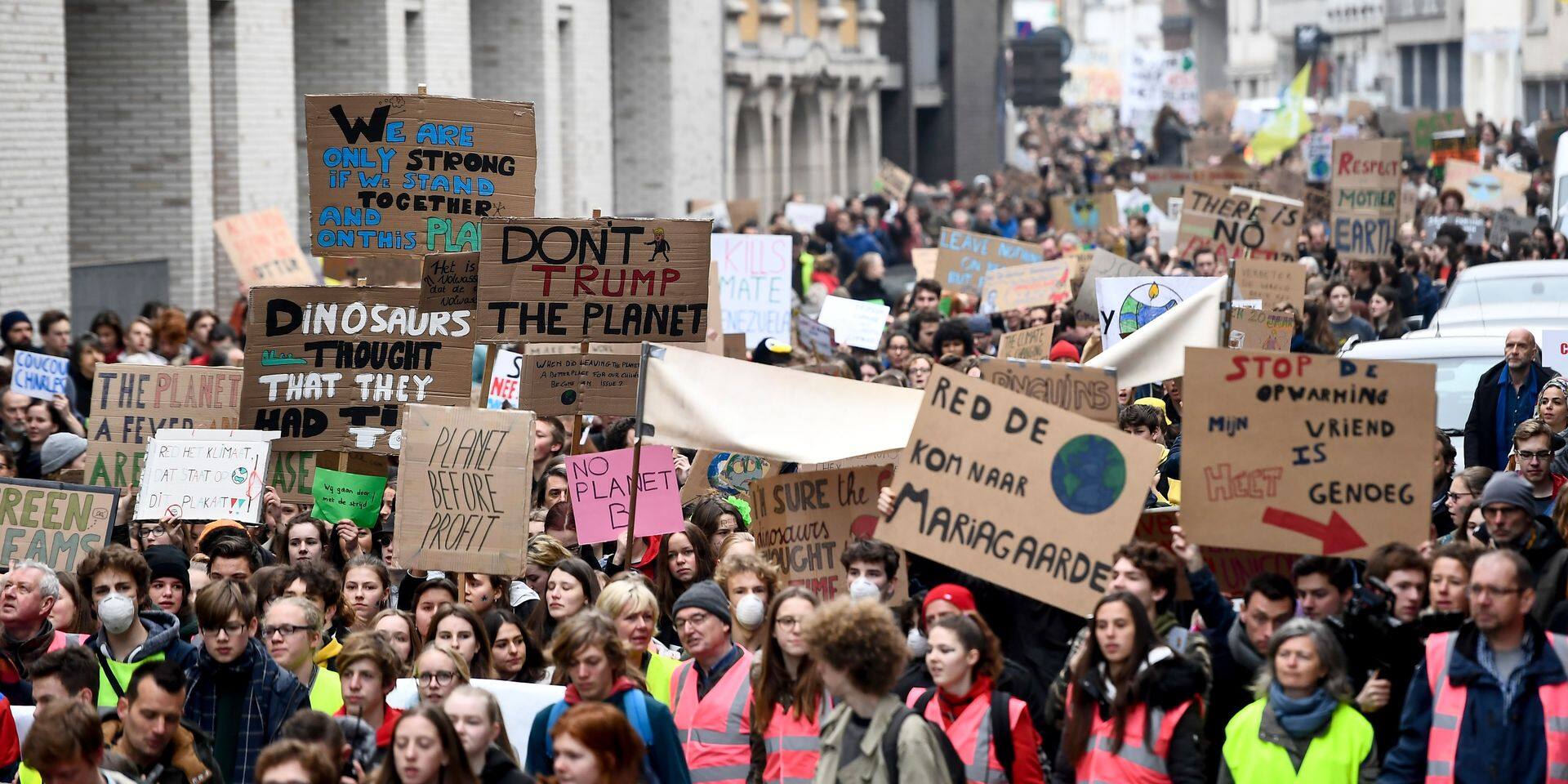At last year’s COP26 – the United Nations Climate Change Conference – countries agreed to address coal’s role as the most polluting fossil fuel. But not before the wording was watered down from “phasing-out” to “phasing-down” coal power. Since then, the UN’s António Guterres warned in April that “governments and corporations are…adding fuel to the flames by continuing to invest in climate-choking industries” and yet, just this month – on the heels of this year’s COP27 – the UK approved a new coal mine. One step forward, three steps back? Unfortunately, this is just one example from many governments’ missteps on climate action. If the world’s democracies are failing on the climate crisis, how can we motivate them to step up to the challenge? In our experience, participatory democracy is up for the task.
A community role for climate action
Community members often feel like they don’t have much control over the decisions that get made by governments. Even less so when it comes to issues like climate, which seem too grandiose to influence individually. But it doesn’t have to be this way – research shows high levels of concern about the climate crisis and a willingness on the part of individuals to contribute to climate action. In fact, the Peoples’ Climate Vote – the largest survey of public opinion on climate change ever conducted, spanning 50 countries and reaching 56% of the world’s population – found that 64% of people say that climate change is an emergency and, of those, 59% said that the world should do everything necessary in response. What if those individuals had a way to channel their energy and input through meaningful participatory democracy and push governments to act on climate change?
Thanks to advances in technology spreading the reach of community engagement, communities increasingly do have a say on climate action. When the Youth for Climate movement spread worldwide, youth took to the streets to demand quick and effective climate action. The organizers of the Belgian chapter wanted a way to consolidate the energy and ideas of thousands of protesters in a more structured way. They worked with CitizenLab to launch an online participation hub that enabled people to share their ideas beyond the protest – 1,700 ideas and 2,600 comments, that is.

On top of that, the platform’s participants voted over 32,000 times for the initiatives they wanted to support. Sounds overwhelming? It doesn’t have to be. Thanks to the artificial intelligence (AI) behind CitizenLab’s platforms, the Youth for Climate Belgium organizers could analyze the input easily and quickly distill a list of the movement’s top 15 priorities. The final list of initiatives was put to the vote once again for public prioritization before being sent to policy-makers for action.
Unfortunately, these stories of community engagement success don’t get told often enough. As a result, many local governments are hesitant to engage their communities because they worry the expectations will be too high, or they won’t be able to meet every demand. By centralizing those efforts on a single community engagement platform, local governments can work with their residents full circle – from the information sharing phase to the project implementation phase, and everything in between. When Local governments’ climate initiatives engage the community with such transparency, they tend to build consensus for the measures we need to take to see real impact, and can lead to the creation of more creative, sustainable solutions.
To address a challenge as momentous as the climate crisis, we need both local governments and communities to take action, together. Whether it’s through a participatory method such as a citizens’ assembly, ideation for participatory policy-making, or participatory budgeting to allocate public funds for climate projects, the potential of a more engaged democracy is promising for the future of our climate.
Participatory democracy’s link to climate action
Many governments that previously saw success with participatory governance are now applying it to their climate goals. After successful participatory budgeting projects in 2020 and 2021, the Belgian City of Dendermonde launched a new edition in 2022, this time with climate and sustainability as the central theme. By sharing proposal requirements upfront – such as the project needing to be realistically executed within two years and with a maximum cost of 10,000 EUR – the city’s team gave the community the equal footing and background knowledge they needed to participate meaningfully, even if they had never engaged on a climate project before.
The Belgian City of Zottegem took a similar approach and invited ideas on greening and reforestation, renewable energy, sustainable mobility, and water-related issues to be submitted by their community. This uptick in green participatory budgeting projects is likely to grow. According to a summary of the International Observatory on Participatory Democracy’s (IOPD) 2020 report on Contributions of Participatory Budgeting to Climate Change Adaptation and Mitigation, across the ten cities whose data was considered “citizens approved above 900 projects over a two years period average, amounting to nearly $22 million USD worth of climate adaptation and/or mitigation projects”.
Participatory practices bring together principles of deliberation, empowerment, and inclusion to ensure equitable and transparent public decision-making. When applied to climate action, so-called “green participatory democracy” has the ability to:
- Raise awareness and understanding of climate change, leading to more creative ideas about climate action.
- Shift attitudes about the impact of climate change and actions surrounding it, and lead to more sustainable projects.
- Change people’s perception of their lack of control to a sense of shared responsibility.
By shifting power and working together with community members to create climate action, governments can invest in sustainable projects that have community support. Applying a participatory lens to addressing the climate crisis flips on its head the notion that the community doesn’t have the expertise needed to engage in climate dialogue, and instead empowers them to co-create that future.
Key takeaways for participatory climate action
Whether a community suggests urban gardening, infrastructure repair, regeneration, recycling policies, or early warning projects – there is a significant depth of potential to change the course of the climate crisis. In the last few years, many governments have adopted a true culture of engagement, moving away from flashy projects and recognizing that sometimes the most mundane topics can provide the greatest community relief and climate impact. Take the City of Lancaster in Pennsylvania – as part of their collaboration with the Environmental Protection Agency (EPA) on their larger Green Infrastructure project, the City of Lancaster wanted to improve their community’s stormwater management quality. They used their community engagement platform to collect comments and feedback from residents on the proposed plan to address the sewage overflow and to collect map-based pinpoints of areas where residents were facing drainage and flooding issues in their communities.
Some of the success measures that green participatory projects across CitizenLab platforms have in common include:
- The commitment and engagement of local governments in the processes as a critical element. When a local government is committed to the process, the likelihood of community ideas moving forward – especially with public funds allocated for implementation – is much more likely. This also means community members are likely to be more motivated to participate because they see a tangible benefit.
- Localized or place-based projects can make big issues feel more relatable. When participatory projects are structured by neighborhood, projects tend to have higher engagement rates because people feel more personally connected to the issue and future of that place, and a grandiose problem (such as climate change) seems slightly easier to tackle on a local scale.
- Information from subject matter experts is shared succinctly with the community, so project parameters are clear and transparent. Again, climate change can feel like a problem too big and too widespread to grasp. When local governments engage subject matter experts for their locality, they’re able to share the high-level facts their community should be aware of as they ideate and come up with proposals for their city. Knowing what’s required of their ideas upfront, the community is more likely to feel motivated to engage.
Moving to a more participatory approach on climate action means that cities can create next steps that are in tune with local needs to help protect the community for years to come. The trends in participatory governance from 2021 are poised to continue growing as a way to tackle the climate crisis – after all, the time is now.
This article originally appeared on The Democracy Paradox.



